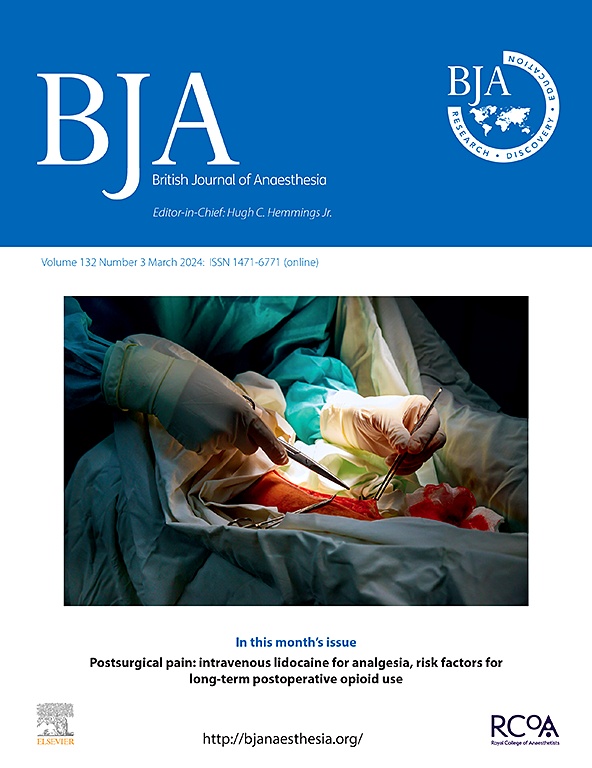
General anesthesia for TKA presents better postoperative results than spinal anesthesia

General anesthesia for TKA presents better postoperative results than spinal anesthesia
Recovery after total intravenous general anaesthesia or spinal anaesthesia for total knee arthroplasty: a randomized trial
Br J Anaesth. 2013 Sep;111(3):391-9Did you know you're eligible to earn 0.5 CME credits for reading this report? Click Here
OE EXCLUSIVE
Dr. Harsten discusses recovery after total intravenous general anaesthesia or spinal anaesthesia for total knee arthroplasty
Synopsis
One hundred and twenty patients, between the ages of 45 and 85 years, scheduled to undergo total knee arthroplasty were randomly assigned into one of two groups to compare the postoperative effect of modern general anaesthetic to spinal anaesthetic. Results demonstrated that participants who received modern general anaesthetic treatment experienced significantly less pain postoperatively, less nau...
To view the full content, login to your account,
or start your 30-day FREE Trial today.
FREE TRIAL
LOGIN
Forgot Password?
Explore some of our unlocked ACE Reports below!

Learn about our AI Driven
High Impact Search Feature
Our AI driven High Impact metric calculates the impact an article will have by considering both the publishing journal and the content of the article itself. Built using the latest advances in natural language processing, OE High Impact predicts an article’s future number of citations better than impact factor alone.
Continue



 LOGIN
LOGIN

Join the Conversation
Please Login or Join to leave comments.